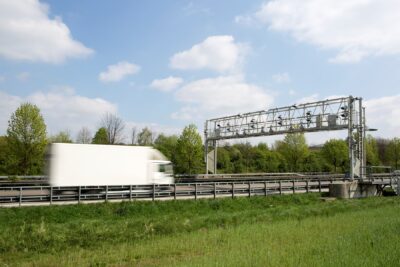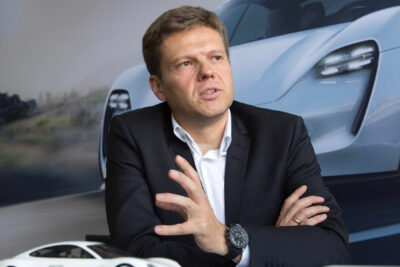‘Streamlining’ and ‘workforce adjustments’ ahead for Ballard
The plan marks a clear pivot away from long-term aspirations towards concentrating on fuel cell markets that are active now. Neese has said that the company will “focus on the market that is”, and prioritise “proven applications” of fuel cell technology over speculative growth. This is all in pursuit of a self-defined goal to reach positive cash flow by year-end 2027.
In practice, what this will look like is reductions to operating costs by at least 30 per cent in 2026, including “immediate workforce adjustments, tighter portfolio integration, and streamlined operations”. Ballard will discontinue its non-core programs and focus development on cutting system and product costs. The company says it will also aim to limit capital expenditure and “rigorously” manage cash. As of June 30, the company reportedly held $550m in cash and cash equivalents which Neese has said will provide the runway to refocus and execute on near-term opportunities.
It’s not clear which of Ballard’s projects will be cut, or indeed which are considered ‘core’ programs; Ballard’s fuel cells are currently used in buses, trains, trucks, marine vessels, stationary power systems and more. However, the company has reiterated its commitment to a leading role for hydrogen in decarbonising mobility by focusing on commercially viable products today, rather than in future markets.
In September of last year, the fuel cell manufacturer had already imposed austerity measures. At the time, the Canadian company announced a global reorganisation to reduce spending by around 30 per cent in the face of slowing hydrogen infrastructure development and delayed fuel cell adoption. That also included job cuts.
Ballard’s fuel cells power buses from Solaris and Wrightbus, among others. Regardless of the slowing timetable for market adoption, Ballard remains confident in the future of hydrogen fuel cells.
Neese said: “We remain steadfast in our belief that hydrogen and fuel cells are essential to decarbonising global mobility. This realignment ensures we can lead in this transition – not with hope in a future market, but with discipline, readiness, and focus.”





1 Comment